Blog
Does your paper art need conservation work before custom framing?
You have an awesome print, or poster, and you are dying to get it into a frame. You pull it out of storage and you realize that there is damage. This damage might be a big tear, missing paper, maybe it is some bad fold lines, or creases. One way or another, your artwork is damaged. This is common for various print types, especially movie posters, concert posters, vintage travel posters, and war posters. Before the 1980s, one sheet movie posters (27×41”) were shipped to theaters folded into a 11×14 rectangle, which would fit in a film canister for easy shipping. Naturally, these old posters have severe fold lines and often have separations along the folds, making them difficult to frame safely. There are other sizes of movie posters, such as the half sheet and the lobby card, which were printed on a thicker paper stock, like concert posters. Even though they aren’t as flimsy as one sheet movie posters, they are still easily damaged. From rips and tears to faded colors and missing paper, these prints aren’t ready for a frame quite yet. At Anthology Fine Art, we are apprehensive to frame damaged prints that don’t have a strong structural integrity as we may introduce more damage. Luckily, there are options. These are a few restoration methods you can seek if your prints are damaged.
1. Linen Backing
Linen backing is commonly used for prints on thin, newspaper-like paper. This is the common restoration method for one sheet, three sheet, and six sheet movie posters as well as vintage war posters and travel posters. The linen backing process is 100% reversible, so it doesn’t introduce any permanent changes to the artwork. This is an important detail for collectors, because permanent changes to the prints can cause a loss in value.
Linen backing attaches the print to a thin Japanese paper that will eventually be attached to a thick piece of canvas. Professionals use an acid free paste that doesn’t cause damage to the artwork. It’s unclear exactly what this paste is, as many restoration professionals keep their secrets closely guarded. There is a small group of people that do this work and they each have their own secrets. The poster is attached to canvas so that the professional can easily replace missing paper and do any touch up to missing pieces. The linen is also rigid and allows for safe and easy handling, which is great for when it arrives at your custom framing shop.
Another cool fact about linen backing is that the poster is completely cleaned and de-acidified before the restoration work occurs. It might sound strange, but the poster actually takes a bleach bath. This removes any dirt and grime that the poster has accumulated over the years. Old posters are naturally acidic due to the cheap paper they were printed on, so removing most of that acid will ensure a longer life for the print. See the image below for a before and after that showcases what linen backing can do for your old poster. The sample below was done by Lumiere Poster Restoration.
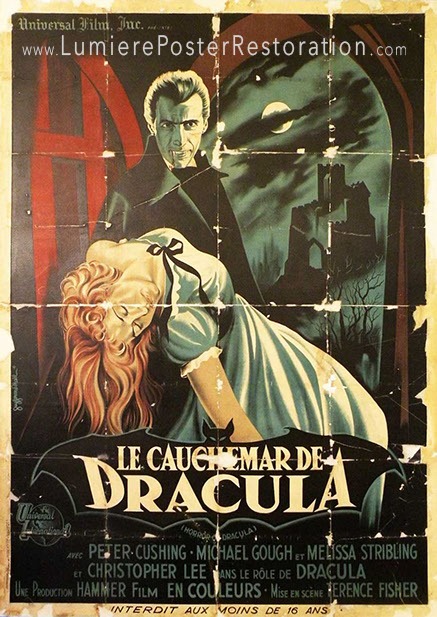
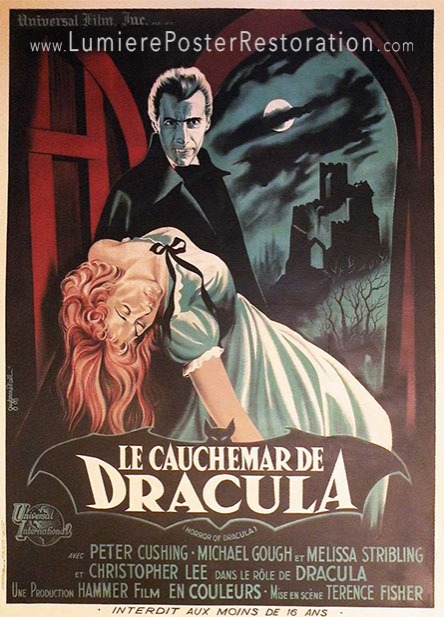
2. Paper Backing
Paper backing is like linen backing but is the preferred method for posters of a thicker paper stock. Posters like this can also be linen backed, but professionals prefer paper backing for the thicker stock posters, mainly because they don’t need the added support of the canvas like a thin poster. In this process, the poster also gets the bleach bath which removes all of the dirt and acidity from the print. Instead of going on a thick piece of canvas, the poster is backed to a piece of acid free paper for the restoration work to be done. Again, this is all archival and can be reversed if needed, so it is also a preferred method by collectors. There are also some articles that suggest paper backing to be the preferred method of paper conservation in museum settings.
Paper backing adds support to prints while allowing a professional to do restoration work. They can replace missing paper, flatten fold lines, eliminate creases, and do art touch ups if needed. Some of the common posters that are good candidates for paper backing are movie poster half sheets, inserts, and lobby cards. Also, people with concert posters might seek paper backing as they were and still are commonly printed on thicker stocks of paper. Paper backing will add visual appeal and structural integrity which will make the custom framing process easier. See the image below for a before and after of paper backing. The sample below is from Cinemasterpieces.
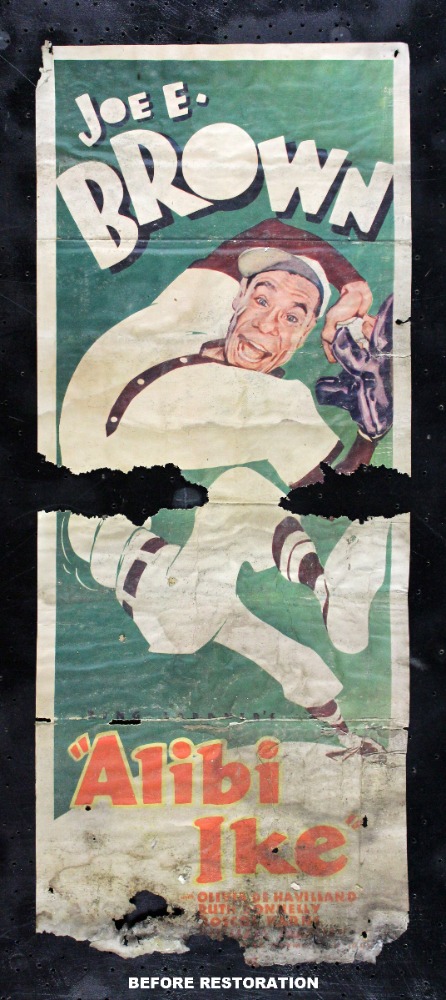
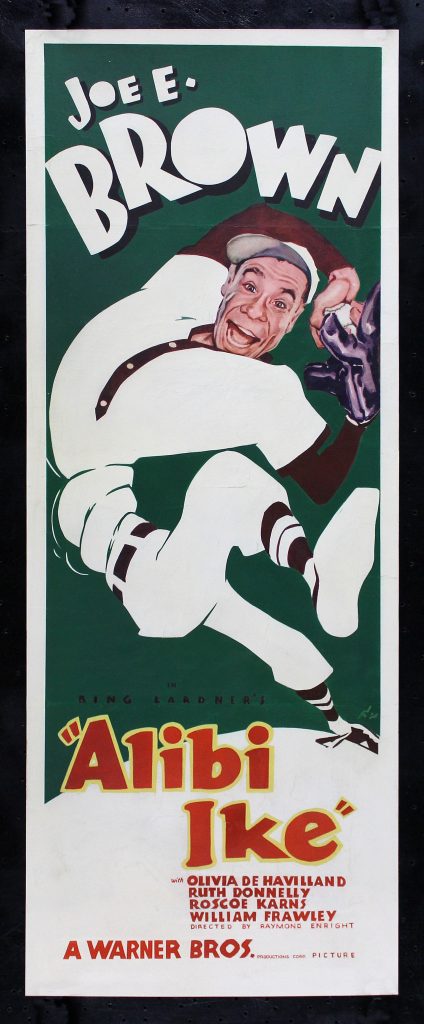
3. Gel Backing
Gel backing is a new method of conservation, and fairly little is known about it. In the paper conservation field, there are only a select few people who do gel backing, and they don’t seem eager to reveal their secrets any time soon. This is an alternative method of restoration for prints and posters printed on thicker paper stocks. Again, this is concert posters, half sheet movie posters, insert movie posters, and lobby cards. There are also tons of other modern artists who use thick paper stocks for their prints that fall under this category.
Gel backing is when the print is attached to a special gelatin like backing for the restoration work to be done. Once all the missing paper has been replaced and all art touch ups have been completed, the poster is removed from the backing. This is really unique in that the poster will be sent back to you without any added paper of canvas on the back, yet all the restoration will be completed. One of the only downsides is that the print can never be rolled again after it has been gel backed, so it will have to be shipped flat. This is still a new method, so it is a bit more expensive than paper backing, but it is becoming quite popular in the vintage poster hobby. It is difficult to find good before and after images of gel backing, but the restoration company, Poster Mountain has some photos on their website of the process in action.
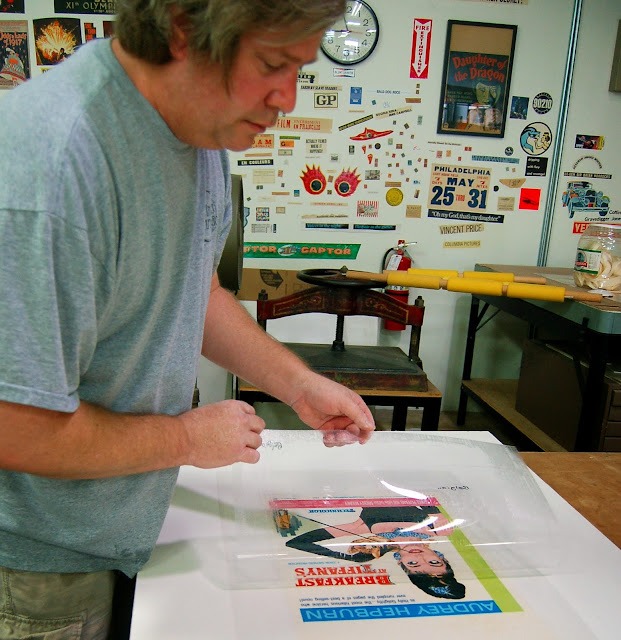
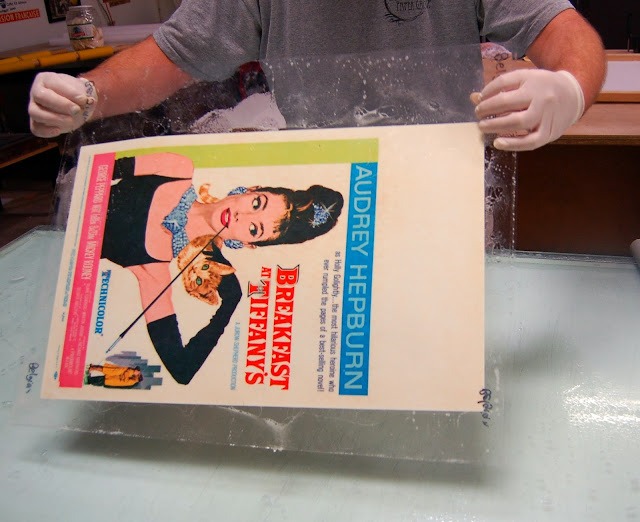
Before you consider framing a damaged poster or print, it might be worth looking into having the poster properly restored and conserved. When it comes to framing damaged work, it makes us cautious as the structural integrity is compromised. Above being stronger, the artwork will also look better once it has been restored. The conservation method for your work depends on various factors that a restoration professional will be better equipped to answer. After spending quite a few years as a poster collector, our suggestion is Mario Cueva and Lumiere Poster Restoration. In the vintage poster hobby, Mario is the best. He does linen backing. Paper backing, and gel backing. If you have more questions regarding paper conservation, feel free to stop by Anthology Fine Art, and we would be glad to make recommendations.

